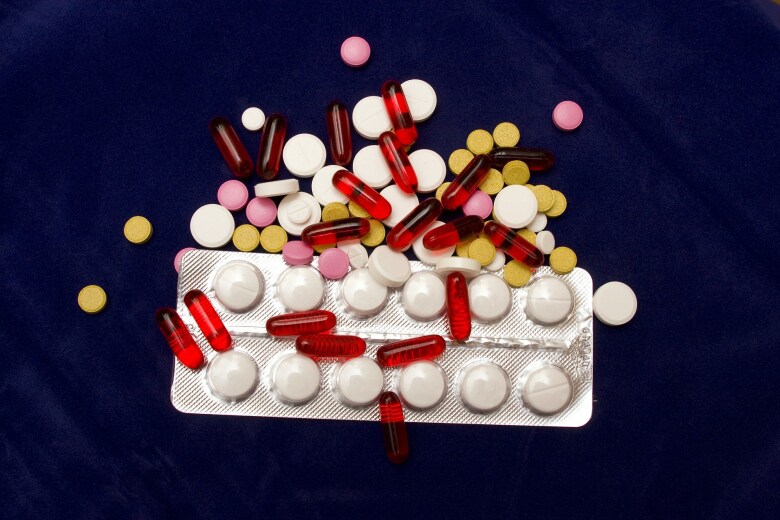By Andy Oram, Editor, O'Reilly Media.
One of the most enlightening sessions at the Connected Health Symposium, for which InterSystems was a sponsor, brought together technology innovators from academia and small companies with health care institutions who work with such innovators. The discussion revolved around how to bring more innovative practices into health care--especially using promising technologies--and what the institutions on both sides of the partnership need to learn.

A widely heard complaint in the health care field is that technologists are busy brilliantly developing tools that don't meet people's needs. This can happen with any technology, of course, and has led to the failure of numerous products from the Edsel to Windows 8. But the health care field contains its own share of landmines that make technological success extra hard.
First, whereas most high-tech products are sold directly to users (whether everyday consumers or business users), health-related technologies are usually marketed at one remove from the patients who will ultimately benefit from them. Because patients are unable to pay for their treatments, or psychologically allergic to doing so, the products are typically covered by health care providers or payers hoping thereby to lower long-term costs. What pleases the patient may not impress the provider or payer. A technologist must learn to please everybody "up the chain," as one panelist put it.
Regulation also raises the costs of innovation, although it shouldn't be considered the high hurdle that it is often perceived to be. The FDA has been trying to carve out domains where software can be developed and marketed without regulation. Where software participates in making diagnoses or delivering treatments, though, safety becomes everybody's concern, and technologists must be willing to show that they take it seriously enough to apply rigorous quality measures. HIPAA is also sometimes viewed with dread by technologists, but if they follow security basics such as encrypting data and providing access controls, the burden on them is much less than it is on the health care provider who uses the technology.
What's hardest for technologists is understanding the context in which the software or hardware will be used. Simplicity and speed are usually critical--something that web developers are finally learning, and that applies even more to consumers who would like to be healthy without spending large amounts of their time and frontal cortexes on it.
One technologist on the panel, Zen Chu of MIT Healthcare Ventures, boasted that his team spends ten times as much time analyzing a problem as it does designing a solution. All around the panel, providers and technologists agreed that a dialog between the provider and technologist was crucial.
Providers have responsibilities as well. Their highly regulated environment, still mostly paid on a fee-for-service basis, encourages conservative behavior. Fee-for-value and risk sharing are expected to make them more willing to try technologies that improve patient engagement and long-term efficiency, but those payment reforms are taking hold slowly.
Martin Arrick, a financial analyst with many connections to health care, laid out in a conference keynote the main trends in the health sector, which should be pretty familiar to people in the industry. Payments from Medicare are declining, profit margins are down, and consolidations are more and more common. It's unfortunate that smaller institutions, which need efficiency and technological breakthroughs the most, are least likely to have the money, managerial sophistication, or technical knowledge to reach those breakthroughs.
The only recourse sometimes seems to be putting oneself up for sale, as I have written elsewhere. Rony Sellam pointed out that today, many hospitals, like hotels, make money only when they keep the beds full. On the provider side, incentives as well as cultural attitudes have got to change. There are already a lot of great technologies that can make life better for patients--and with good input from providers, even more will arise.
Andy Oram
Andy Oram is an editor at O'Reilly Media. Andy currently specializes in open source, software engineering, and health IT, but his editorial output has ranged from a legal guide covering intellectual property to a graphic novel about teenage hackers. Andy also writes often for O'Reilly's
Radar site and other publications on policy issues related to the Internet and on trends affecting technical innovation and its effects on society. His work has appeared in The Economist, Communications of the ACM, Copyright World, the Journal of Information Technology & Politics, Vanguardia Dossier, and Internet Law and Business.




































